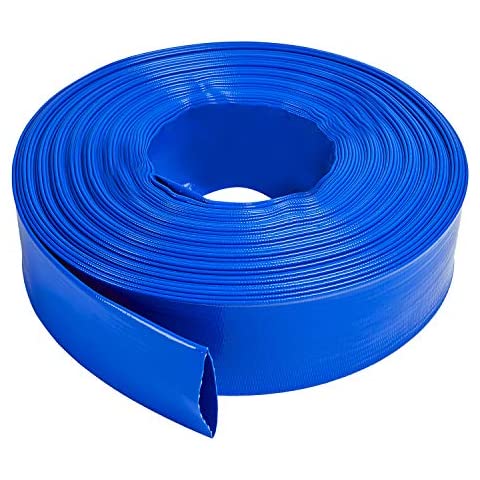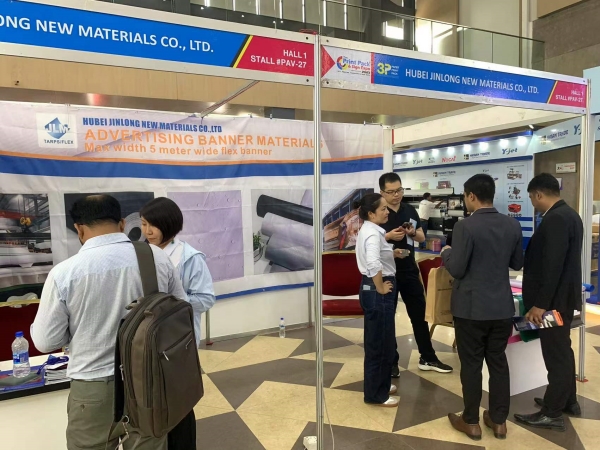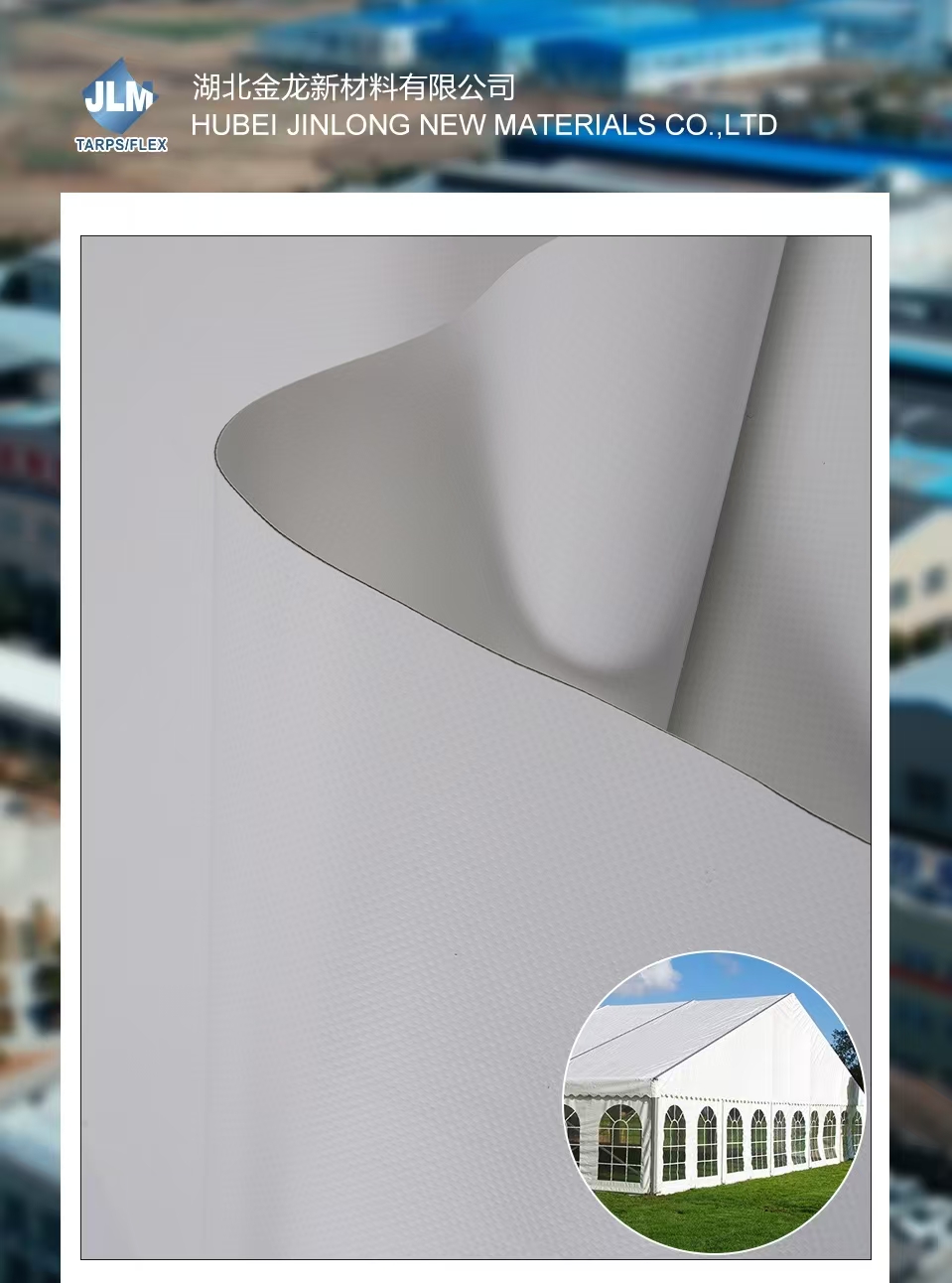The weather and environmental suitability of PVC Flexible Water Tanks in terms of high temperature resistance is influenced by the material properties of PVC and the design of the tanks. Here’s how they perform in hot environments:
PVC is inherently resistant to high temperatures and can typically withstand heat up to around 60-70°C (140-158°F) without deforming or losing its structural integrity. This makes PVC flexible water tanks suitable for use in hot climates or environments where temperatures can rise significantly, such as deserts or tropical regions.While PVC softens at higher temperatures, the material used in flexible water tanks is formulated to maintain its shape and functionality in typical outdoor heat. However, prolonged exposure to extremely high temperatures (above 70°C) may lead to gradual weakening or softening of the material.
In hot, sunny conditions, many PVC flexible water tanks are treated with UV-resistant coatings to prevent degradation from constant exposure to the sun’s ultraviolet (UV) rays. This enhances their lifespan and prevents brittleness or cracking that can result from long-term heat and sun exposure.One of the advantages of PVC is that even in high temperatures, it retains a certain level of flexibility without becoming overly rigid or brittle. This ensures that the tank does not crack or suffer from heat-induced stress fractures.

Despite exposure to high temperatures, PVC flexible water tanks are designed to limit heat transfer to the stored water, keeping it cooler for longer periods. This is particularly useful when storing potable water, as it helps maintain water quality by reducing the risk of bacterial growth that can occur with excessive heating.
In industrial or agricultural settings, where chemicals or non-potable water may be stored, PVC’s heat resistance ensures that the tanks do not react with the contents or release harmful chemicals, keeping the stored liquids safe from contamination.
PVC flexible water tanks are suitable for outdoor use in regions with consistently high temperatures, such as deserts or arid environments. Their ability to withstand direct sunlight and elevated temperatures makes them a reliable solution for water storage in such climates.Although high temperatures may cause slight softening of the material, PVC tanks are engineered to remain durable and function effectively even after prolonged exposure to hot weather.
To enhance the high-temperature resistance of PVC flexible tanks, they are often positioned in shaded areas or covered to reduce direct heat exposure. This further extends the lifespan of the tank and improves water quality by maintaining cooler internal temperatures.
Ventilation in Storage Areas: Ensuring proper airflow around the tank can also help dissipate heat buildup, which may otherwise accelerate material degradation.
While PVC flexible tanks can handle high temperatures on a daily basis, long-term exposure to extreme heat may eventually reduce the material’s flexibility and strength. Therefore, maintenance and regular inspections are important in hot environments to monitor for any signs of wear.
PVC Flexible Water Tanks are highly suitable for hot environments, with heat resistance up to 60-70°C.UV-resistant coatings prevent material degradation from sun exposure.The tanks retain flexibility and durability even in high heat, reducing the risk of cracking or deformation.They are ideal for outdoor use in hot climates, providing safe and reliable water storage solutions for both potable and non-potable water.Their high temperature resistance ensures effective performance in arid, tropical, or desert regions, making them versatile for a wide range of industrial, agricultural, and emergency water storage applications.


 English
English русский
русский Français
Français Español
Español




















